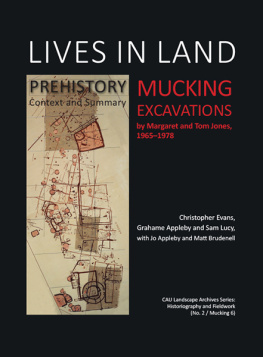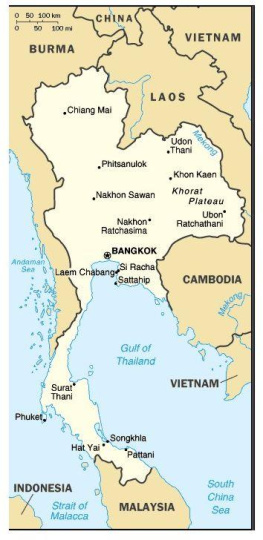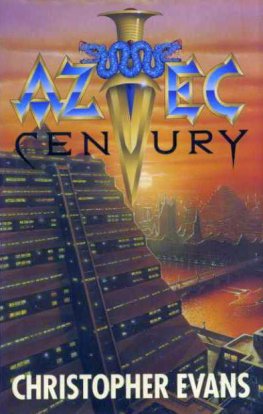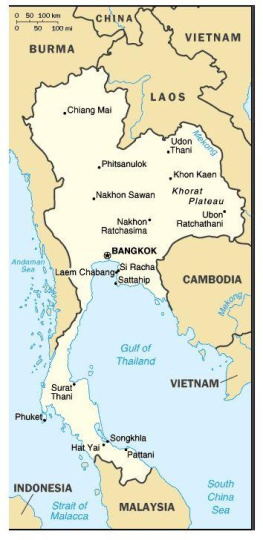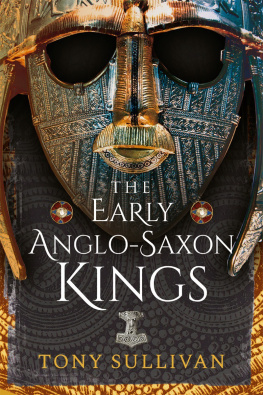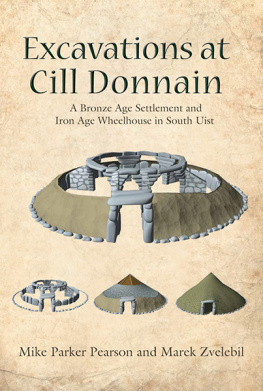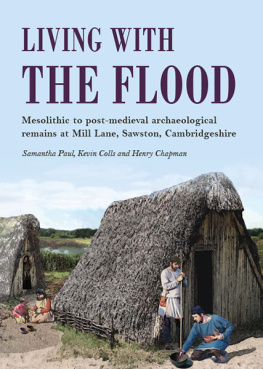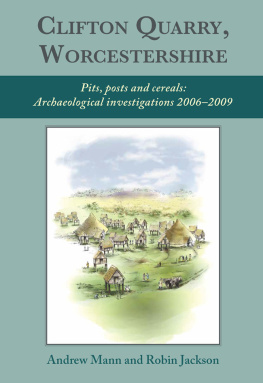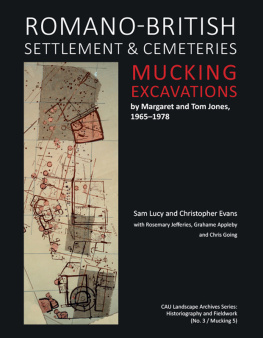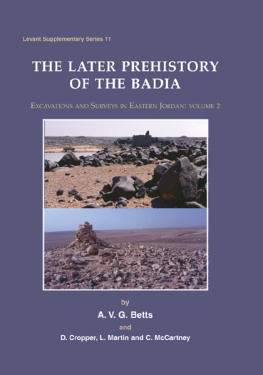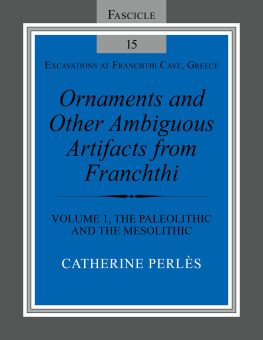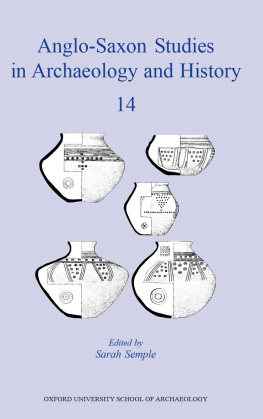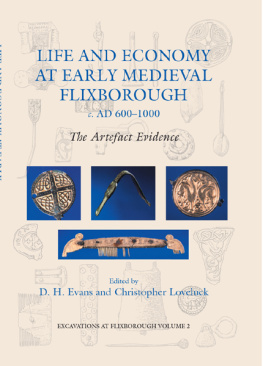Published in the United Kingdom in 2016 by
OXBOW BOOKS
10 Hythe Bridge Street, Oxford OX1 2EW
and in the United States by
OXBOW BOOKS
1950 Lawrence Road, Havertown, PA 19083
Oxbow Books and the individual authors 2016
Hardcover Edition: ISBN 978-1-78570-148-1 Digital Edition: ISBN 978-1-78570-149-8
Kindle Edition: ISBN 978-1-78570-150-4 PDF Edition: ISBN 978-1-78570-151-1
A CIP record for this book is available from the British Library
All rights reserved. No part of this book may be reproduced or transmitted in any form or by any means, electronic or mechanical including photocopying, recording or by any information storage and retrieval system, without permission from the publisher in writing.
Printed in the United Kingdom by Short Run Press, Exeter
For a complete list of Oxbow titles, please contact:
UNITED KINGDOM
Oxbow Books
Telephone (01865) 241249, Fax (01865) 794449
Email:
www.oxbowbooks.com
UNITED STATES OF AMERICA
Oxbow Books
Telephone (800) 791-9354, Fax (610) 853-9146
Email:
www.casemateacademic.com/oxbow
Oxbow Books is part of the Casemate Group
Front cover: Early phasing dye-line showing Bronze Age ditches and Iron Age roundhouses and enclosures ( in this volume)
Contents
Project Context Acknowledgements
From the outset, our main debt of gratitude must be to J.D. Hill of the British Museum, who as fully outlined in below initiated the work and, together with Jonathan Williams, supported its progress throughout. At the Museum, we must also thank Jody Joy, Ben Roberts, Marta Flannelly and Tony Spence, variously for archival access and information.
The archival researches were, effectively, kick-started by the provision of an Aggregates Levy Sustainability Fund grant and, at English Heritage, the project has been fully backed by Kath Buxton, Barney Sloane and Kim Stabler. The works instigation was furthered by a research grant from the McDonald Institute (Dept of Archaeology, University of Cambridge), for which we thank James Barrett and Graeme Barker. Once up and running, the project received annual grants from both the British Museum and the Society of Antiquaries of Londons Margaret and Tom Jones Bequest Fund and, at the Society, we have been grateful for the support of John Creighton, David Gaimster, John Lewis, Martin Millett and Geoff Wainwright. The final production stages of the volumes were enabled by a grant from the British Academy, with the production of the Roman volume additionally helped by a grant from The Roman Research Trust.
Throughout, the cooperation of the British Museum/English Heritage post-excavation team (from the late 1980s) has been exemplary. Ann Clark (now Couldrey), Jon Ett and Chris Going have not only been generous with their draft texts, but also their insights into the daunting mass that is Muckings labyrinthine archives.
The same is also true of a number of the projects old hand participants, especially Paul Barford, Ruth Birss (now Leary), Jonathan Catton, Elizabeth Healey, Rosemary Jefferies and Jonathan Moffett. Aside from proving good archival guides, Elizabeth and Rosemary enthusiastically rose to the daunting challenge of completing texts based on data generated a quarter of a century ago and it has only been a pleasure to work with them. The specialists have, otherwise, been afforded the opportunity to revise their contributions, though some have found this impossible given that actual artefact (re-)review in other words, actually getting the finds out again was not an option. The only exception to this was Mark Birley. Despite our attempts, his present-day whereabouts could not be established and, accordingly, we have completed his text without his input.
In the volumes latter stages it has been a pleasure to compile its Recollections sections. Our many contributors provided insights, and often humour, into the events of 3545 years ago, which is no mean feat.
The reversed headline authorship of these two Cambridge Archaeological Unit volumes reflects their primary authorship. This volume was written by Evans and the Roman by Lucy. While both have been read and revised according to the comments of the other especially as regards their Conquest Period interface there is no escaping the fact that, reflective of both our individual interests/approach and the differing character of their period-contents, they are not seamless. This must invariably be the case and, itself, is telling of the nature of authorship of the past.
Both books are products of the Cambridge Archaeological Unit, and it is with pleasure that we acknowledge Iain Forbes digitising/GIS skills, Andrew Hall and Vicki Herrings superb graphics, and also the quality of Dave Webbs photography. Throughout, the volumes could not have been completed without the invaluable computing, research and editorial support of Grahame and Jo Appleby, as well as also Nicole Taylor, who provided invaluable assistance in the projects early stages.
It has proven impossible to individually attribute many of the early 1980s drawings that are reproduced here, although the pottery was apparently largely the work of Joanna Bacon, with Casper Johnson and Sandy Ward drawing the fired clay objects. Dawn Flowers was responsible for the wider site-area plans that feature in ; these were apparently assembled from Atlas-volume plan sheets that had first been rendered by George Taylor. Of the latter, one of the pleasures of this book has been its personal interconnections with earlier projects and the British Museum-era post-excavation team. Both George and Jon Ett worked on Haddenhams writing-up immediate prior to their Mucking involvement; Chris Going was an associate of the Cambridge Archaeological Unit immediately following the Museum-phases aftermath and I can still remember his Unit office walls plastered with Mucking imagery. Almost like wallpaper, I can recollect thinking, my god, what a site, and it is pleasing that circumstances have unfolded as they have.
.
Among this volumes participating specialists, Mark Birley was grateful to Richard Bradley and Ian Kinnes for discussions concerning Grooved Ware. Alex Gibson extends his thanks to the late Margaret Jones and her post-excavation team for inviting him to comment on the pottery and for their help and hospitality. He would also like to thank Dr. Jan Lanting of the Biologisch-Archaeologisch Instituut of the Rijksuniversiteit, Groningen for discussing some of the rusticated ware with him. Similarly, Nigel Brown thanks the staff of Southend Museum, particularly Ken Crowe and the staff of Colchester Museum, particularly Dr Paul Sealey, for their assistance in making the Deverel Rimbury pottery held in their collections available, and for their hospitality during numerous visits over a number of years.
Featuring in , these gave significant insights into the sites early-phase post-excavation procedures.
As to the volumes dedication, it was tempting to make it to those colleagues and contributors who sadly passed away during the course of the books production: Tony Wilkinson and Ian Kinnes. In the end, though, it is only appropriate that we use that of Margaret Jones, which we stumbled upon in the archives: The Mucking papers are dedicated to the discoverer of the Mucking crop mark site, Professor J.K. St Joseph, and to the thousands of excavators who must remain anonymous but without whose best efforts the sites would have remained a series of photographic images.
Summary
Mucking was a site like no other. Directed by the indomitable Margaret Jones (and her husband, Tom) and eventually extending over 18ha, it was dug almost continuously between 1965 and 1978 and involved thousands of volunteers. They aimed for total archaeology and 100% excavation of its myriad features (40,000+); the daunting scale of what they attempted is attested by its statistics: more than a million finds and 1145 burials, with some 400 structures identified. This, the Prehistory Volume (together with the companion book that covers the Roman), marks the end of the sites publication series. Not only does it fully outline the sites archaeology but drawing upon the wealth of the projects archival sources situates the fieldwork in its historiographical context. In order to further explore these issues, each chapter has inset-sections. Among them is an appreciation of Margaret Jones and the legacy of twentieth century female fieldworkers (Anwen Cooper and Julia Roberts formidable women), as well as interview-recollections by both members of the site and post-excavation teams.
Next page
